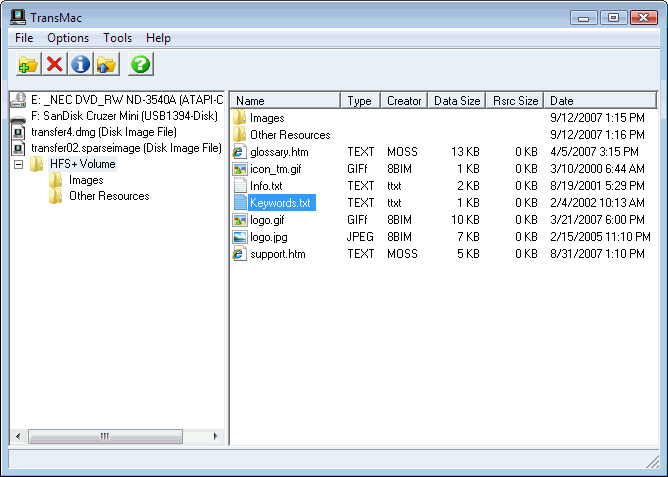

After you select the recovery volume, your Mac starts up and displays the recovery options. You can then pick the recovery volume, usually named Recovery HD. This forces your Mac to start using the startup manager, which displays all the bootable volumes connected to your Mac. To find out whether you have a Recovery HD, restart your Mac while holding down the Option key. If your OS X installation wasn't able to create the Recovery HD, the OS X Recovery Disk Assistant won't be usable. The Recovery Disk Assistant uses a cloning process to create copies of the Recovery HD. That's an easy requirement to fulfill the Recovery Disk Assistant is available from the Apple website. A copy of the OS X Recovery Disk Assistant.Then select Recovery HD from Startup Manager. To access Lion Recovery, restart your computer and hold down the Option key. When installing the Lion Recovery Disk Assistant, this new partition will not appear on the Finder or Disk Utility. Connect the external drive to the Mac, then run Lion Recovery Disk Assistant, select the disc you want to install and then follow the on-screen instructions. To create an external Lion Recovery partition with Lion Recovery Assistan, your Mac must have HD Recovery available.įirst, download the Lion Recovery Disk Assistant here.

Now you won't have to worry anymore, with Lion Recovery Disk Assistant, which allows you to repair and reinstall OS X Lion without a mechanical disc, you can create a Lion recovery on an external drive. Apple has just released Lion Recovery Disk Assistant, a utility that helps users create Lion recovery partitions on an external drive.ĭistributing the operating system digitally will be easy to upgrade, but how do you do if your hard drive fails, following Lion's recovery area? If you do not plan ahead and create your own installation image, you may find it difficult to return to Snow Leopard before you have a chance to reinstall Lion.


 0 kommentar(er)
0 kommentar(er)
